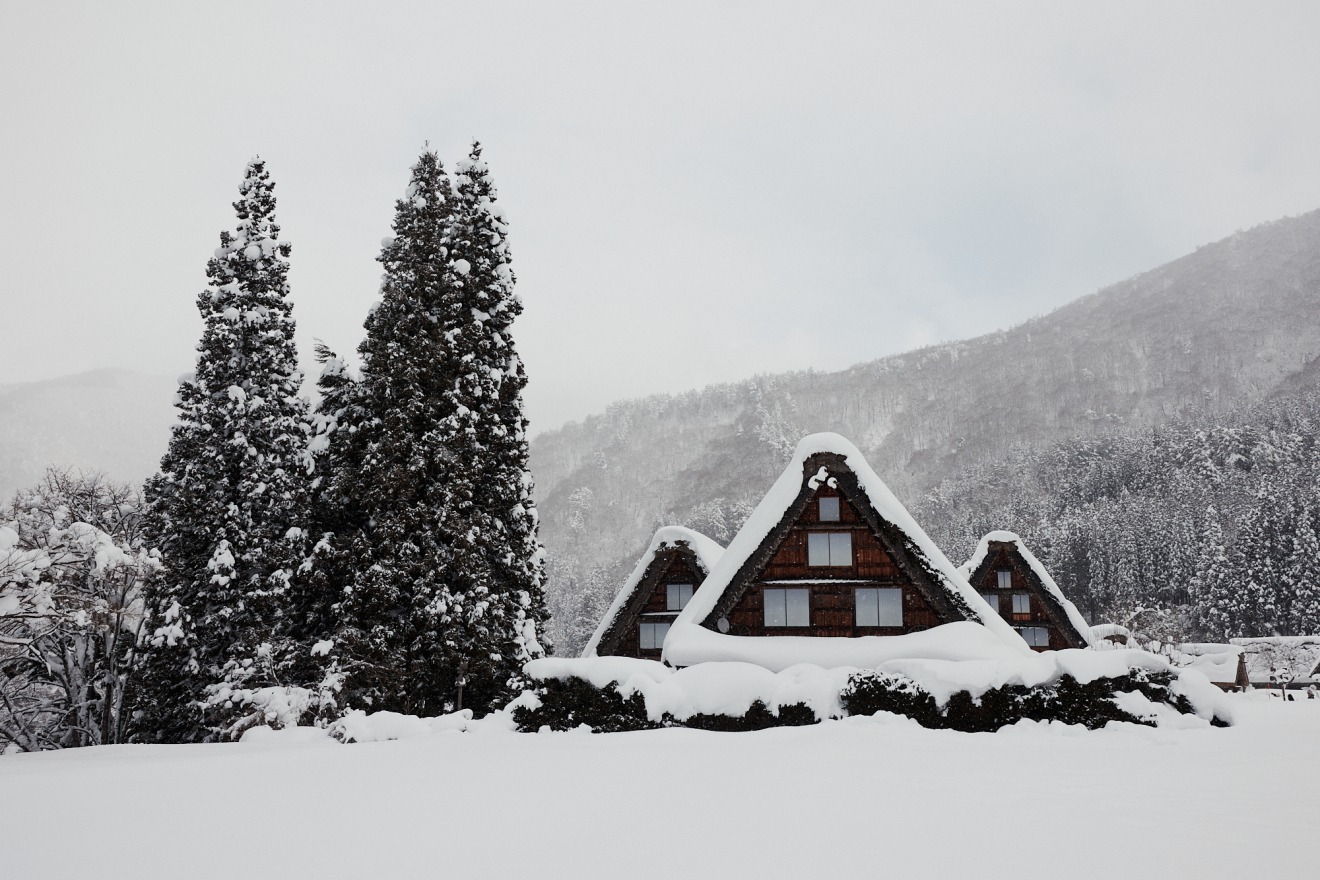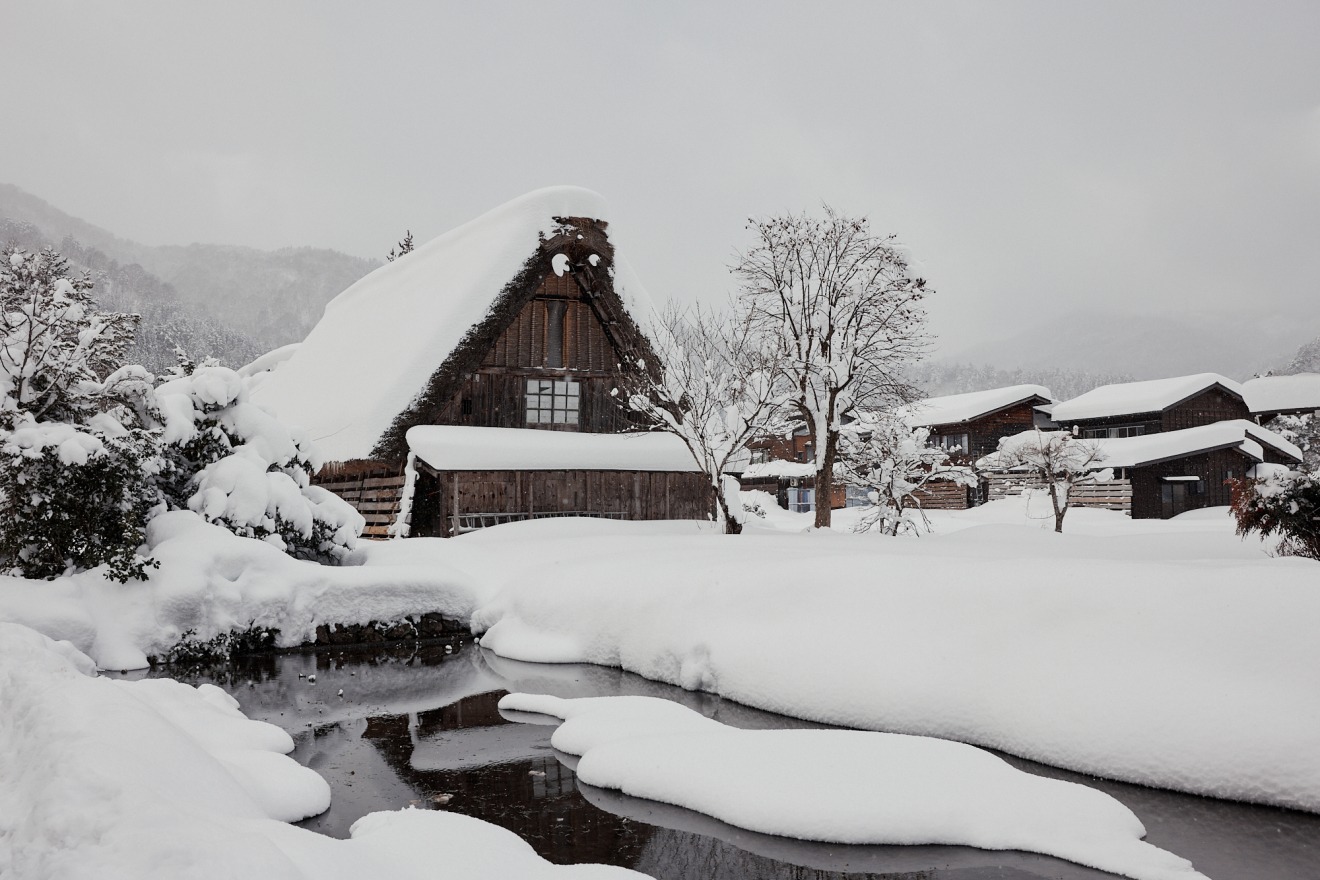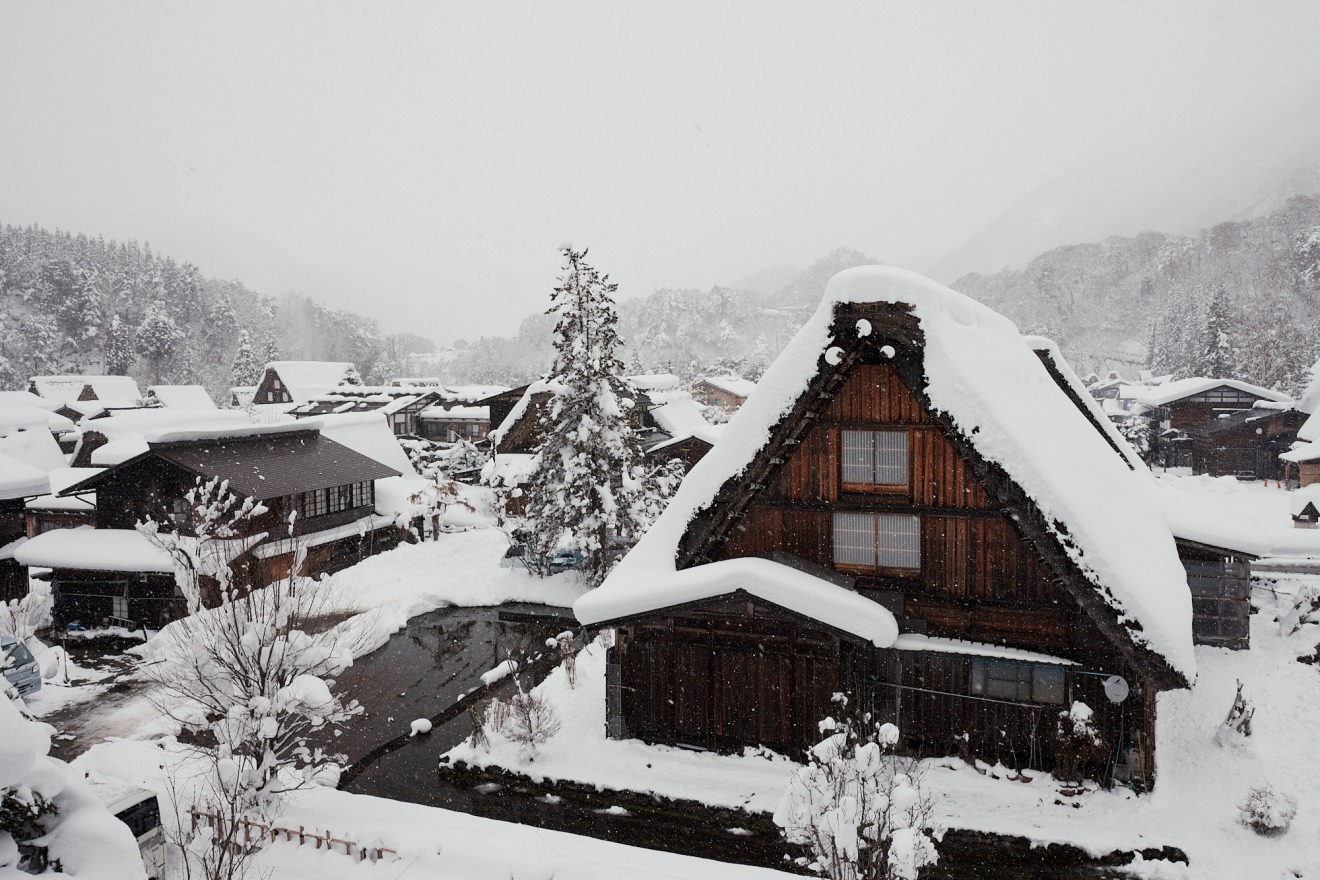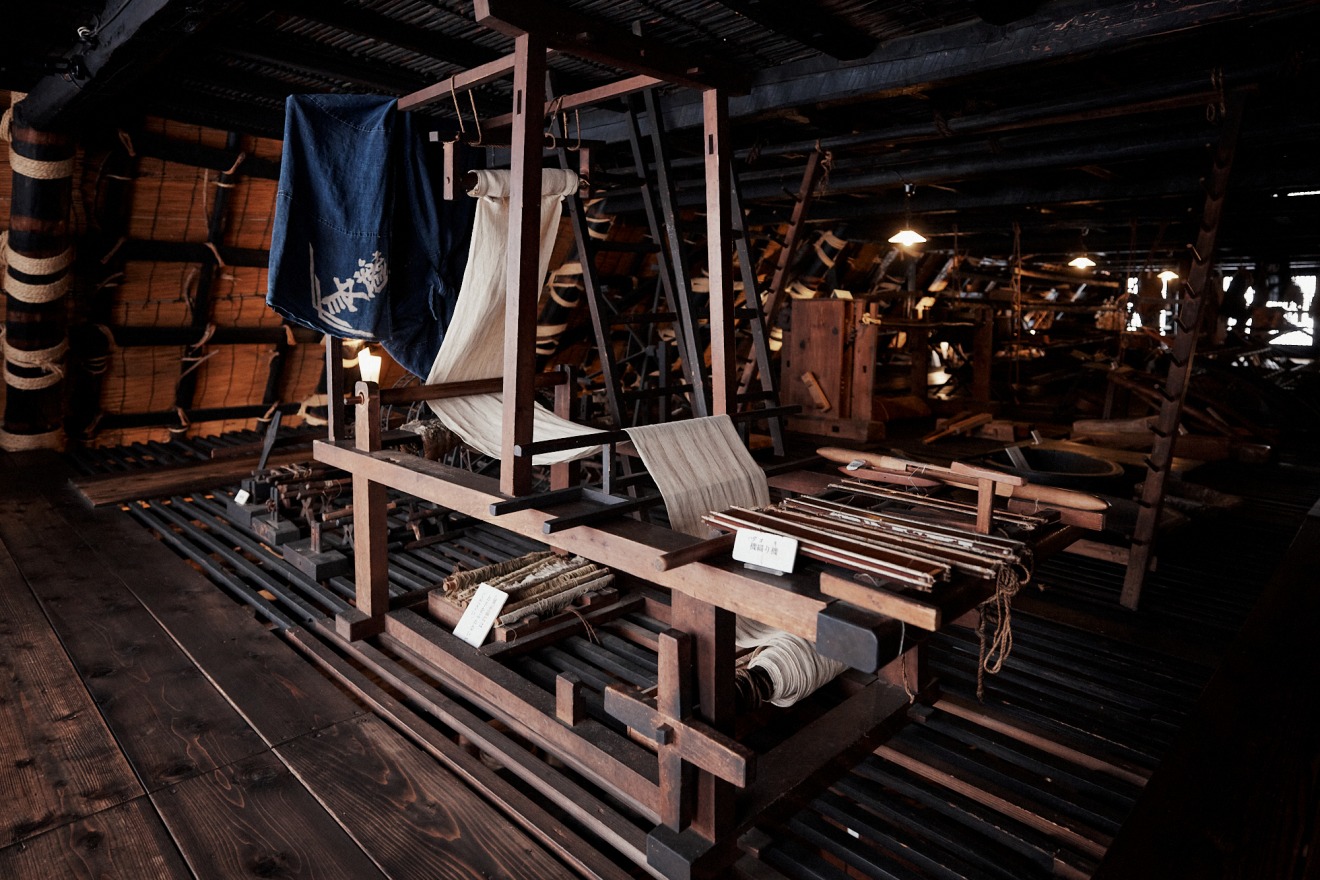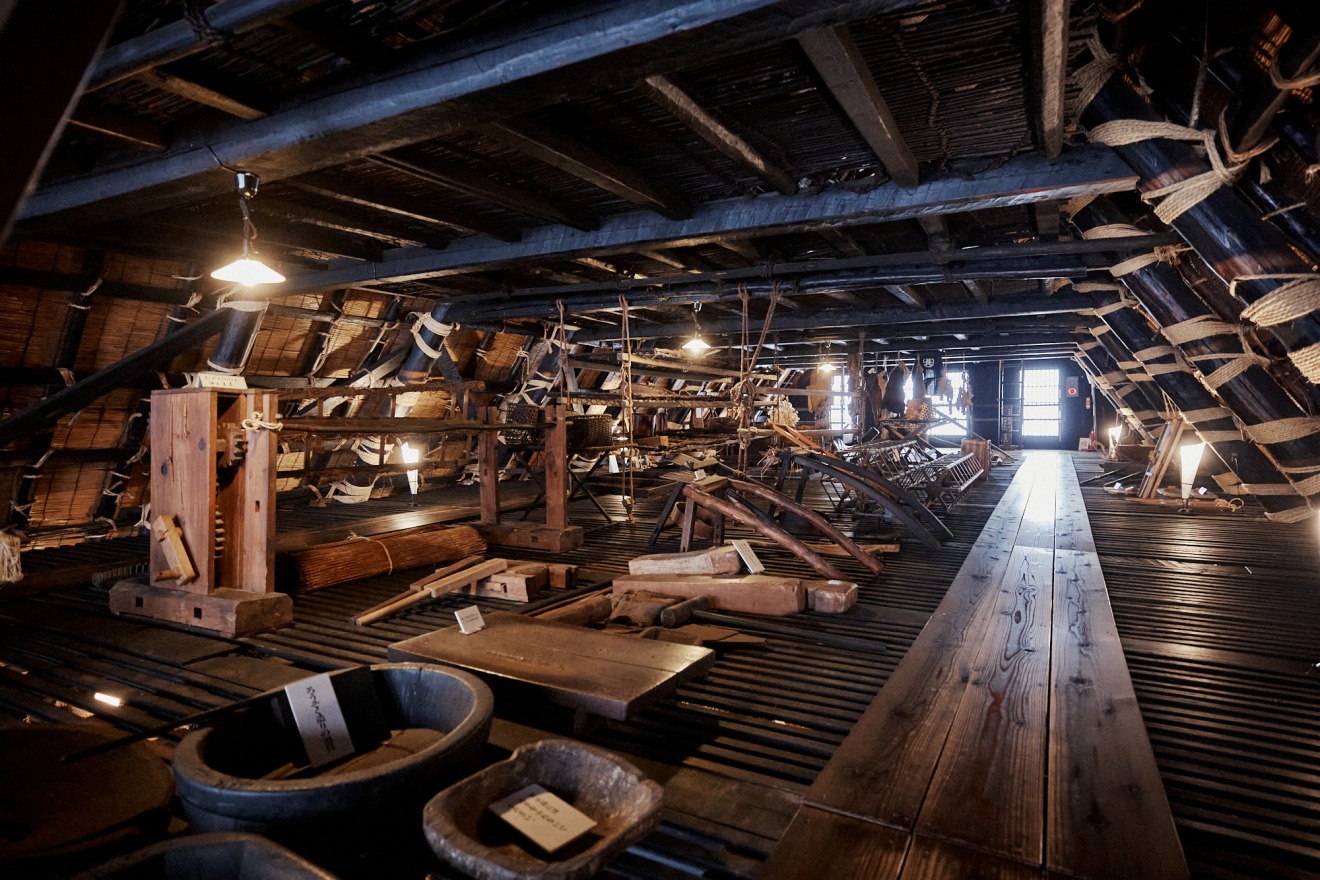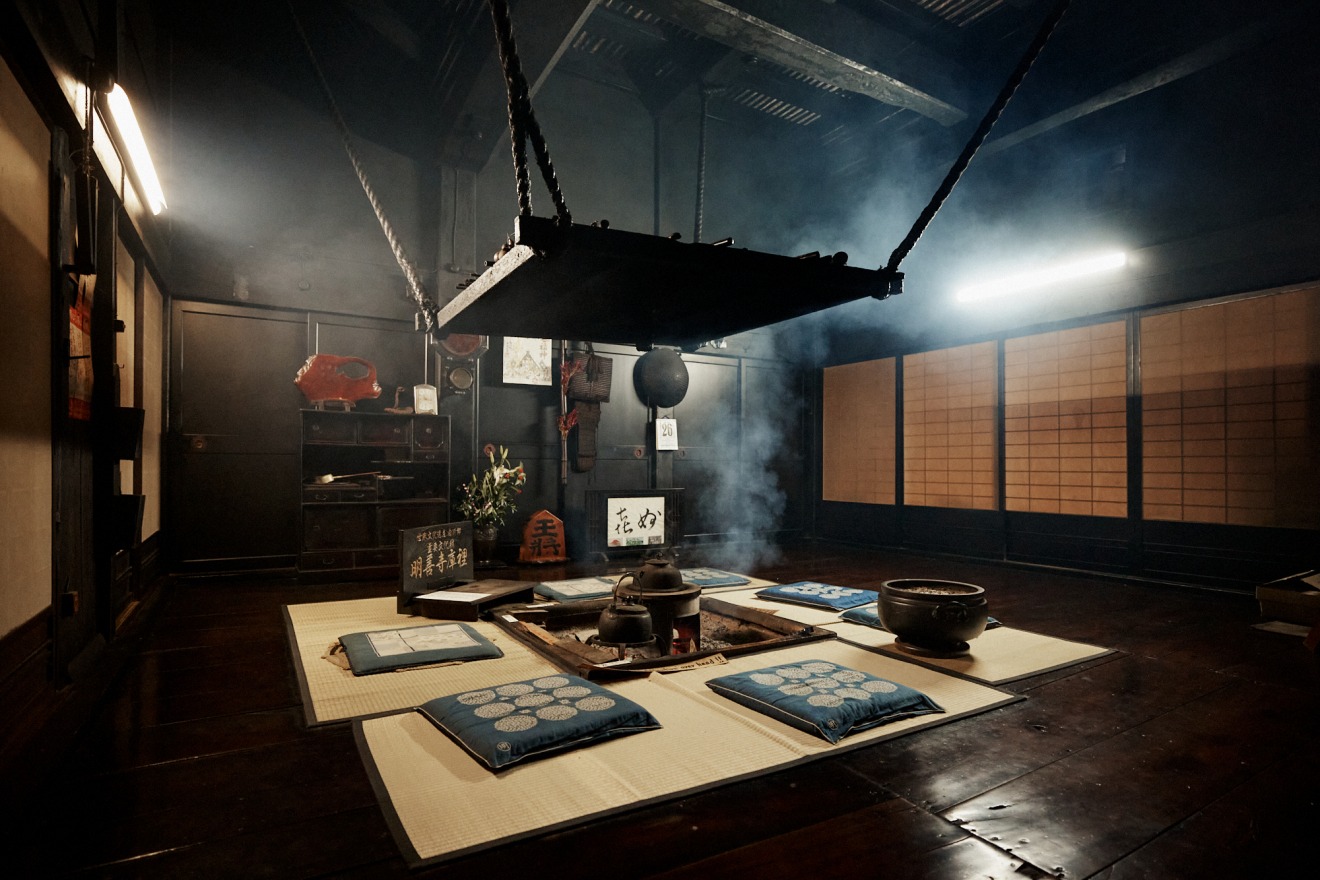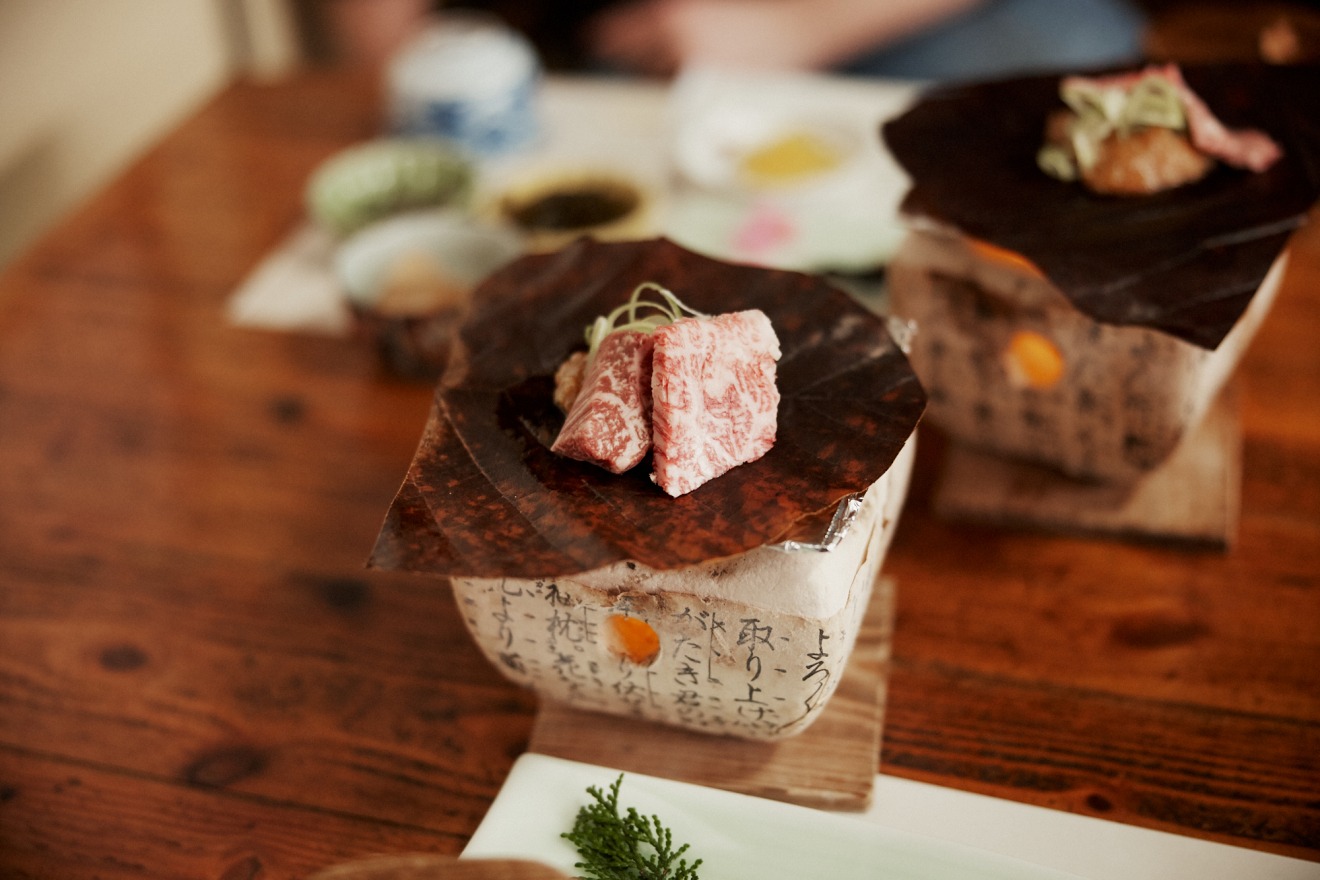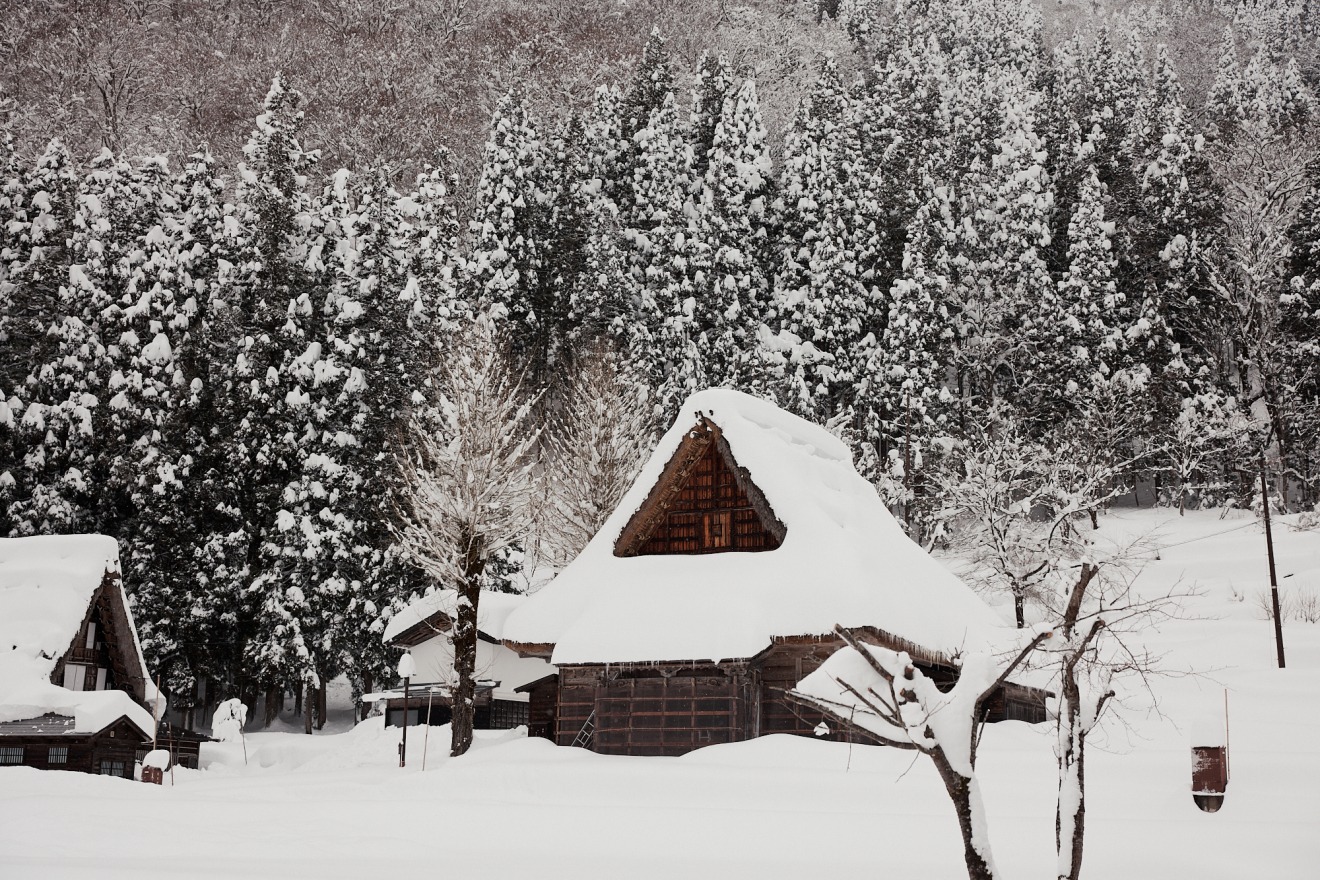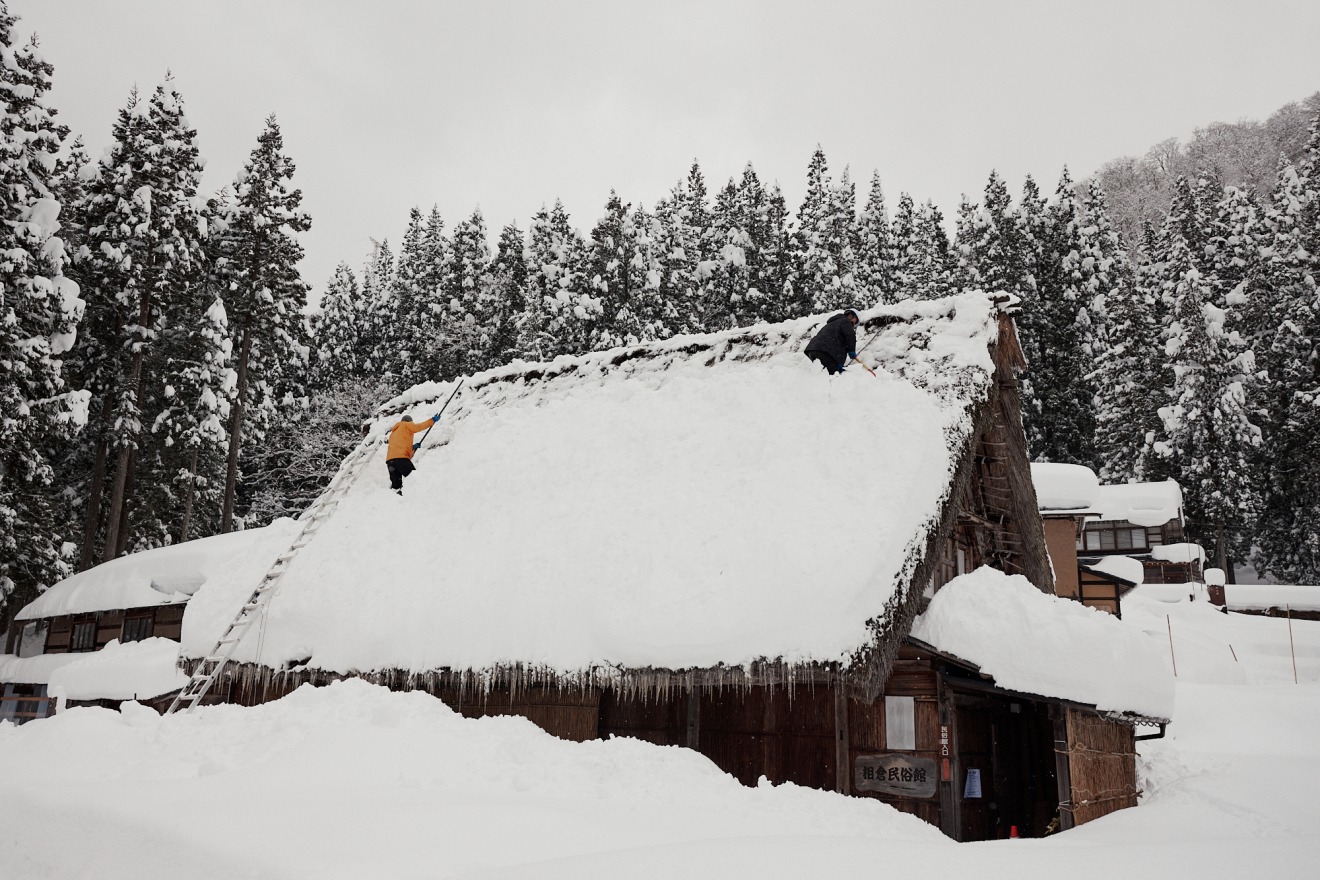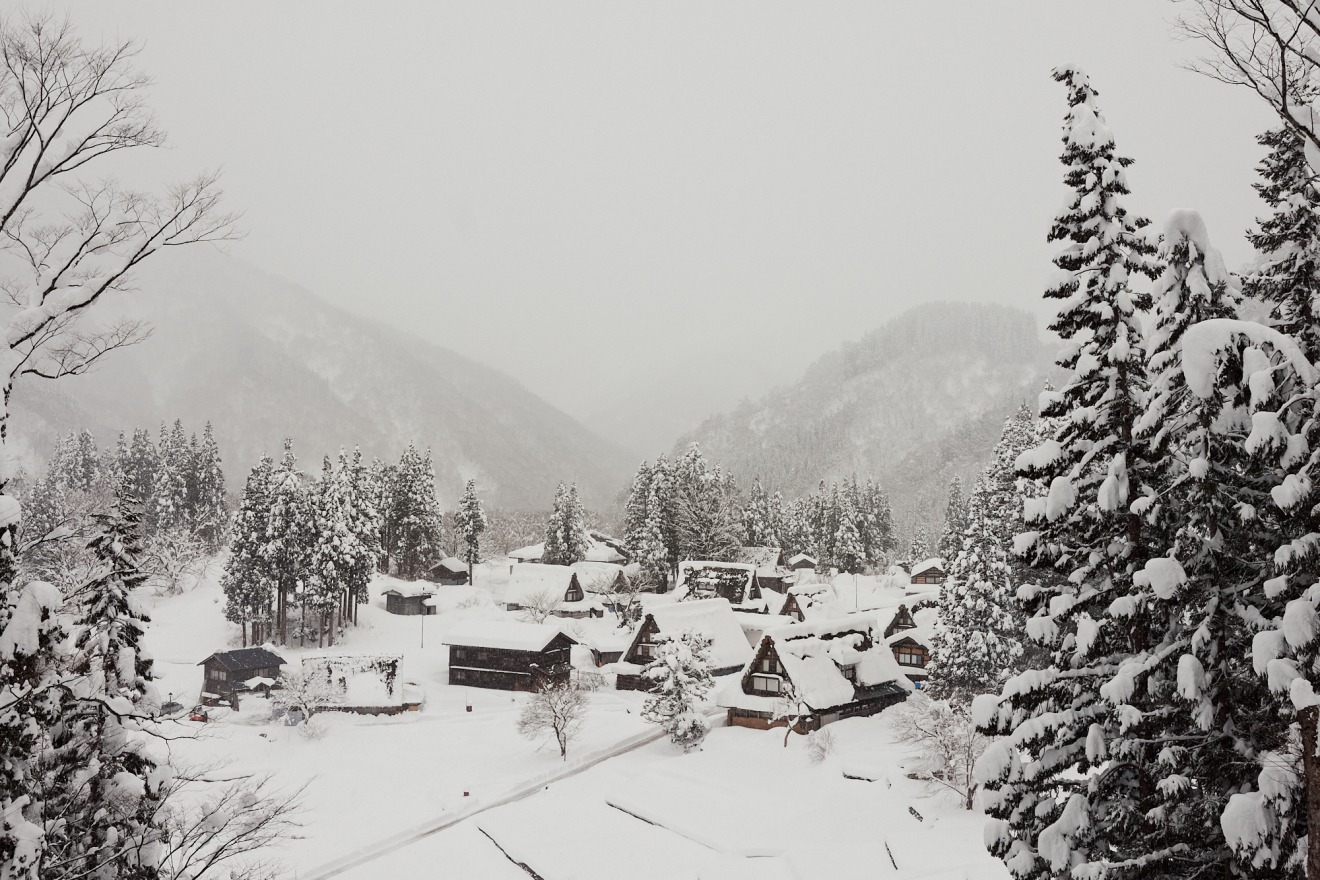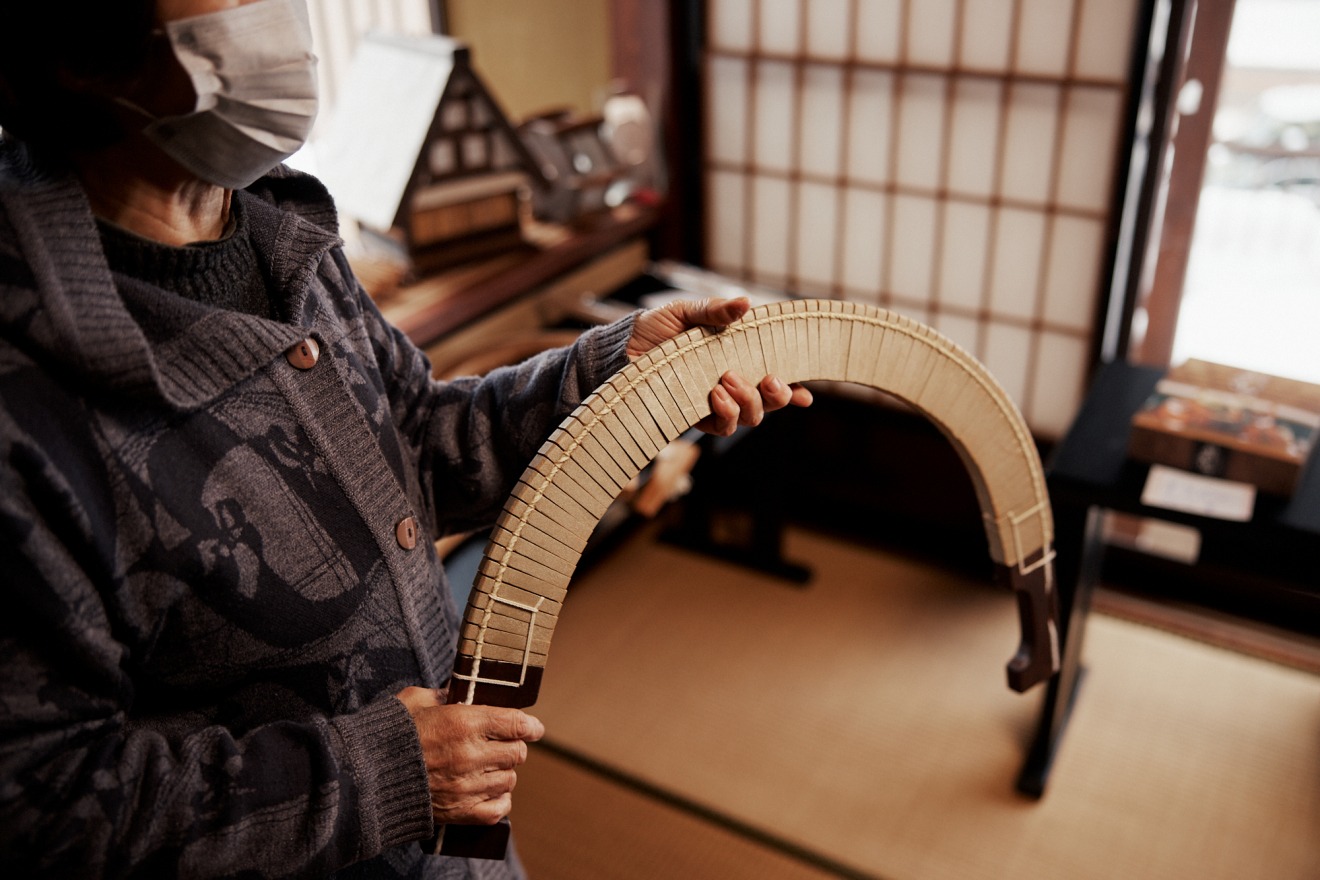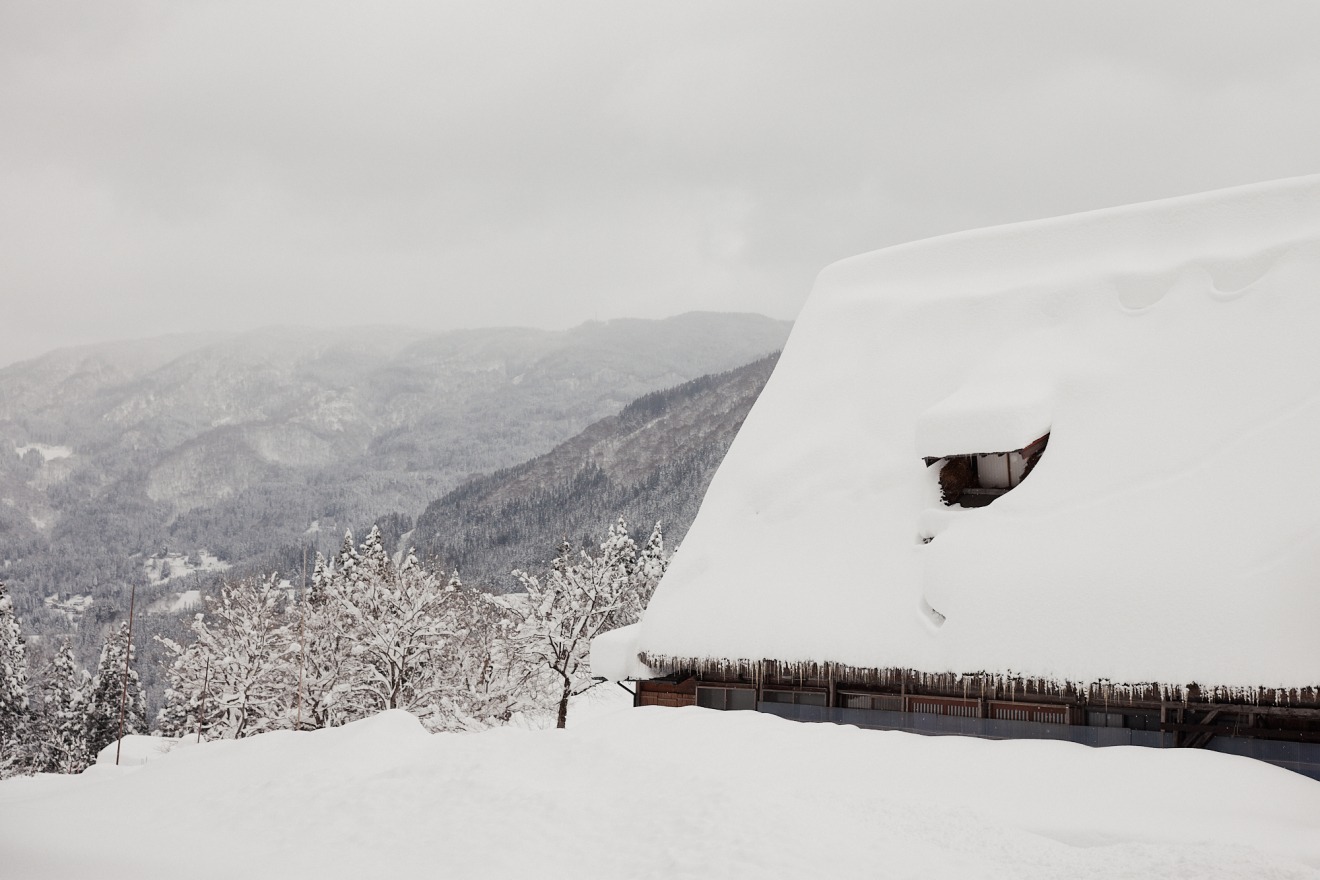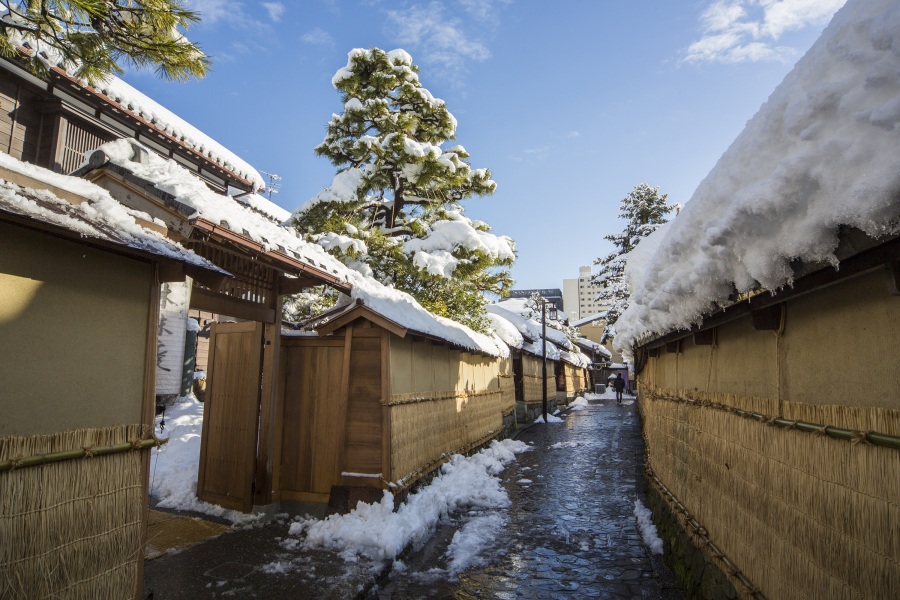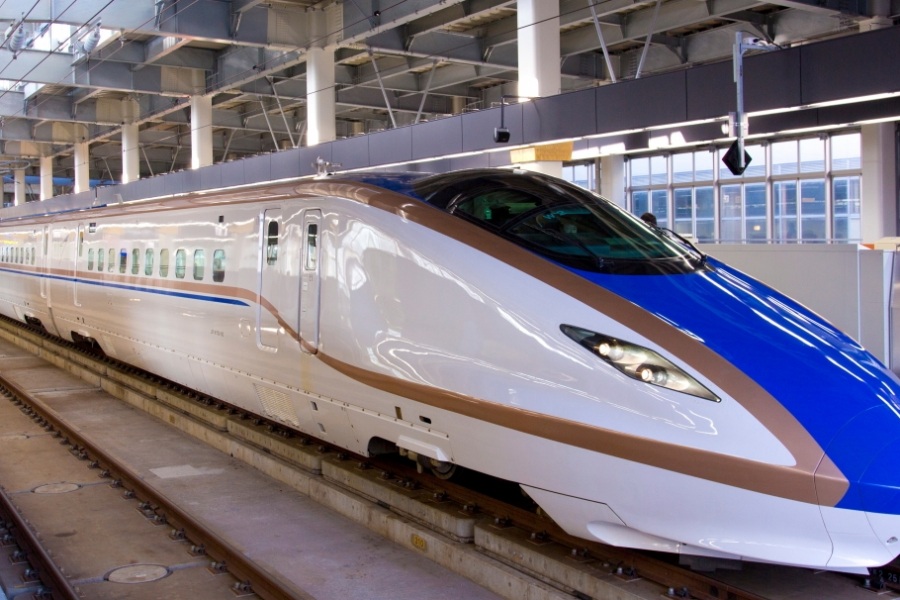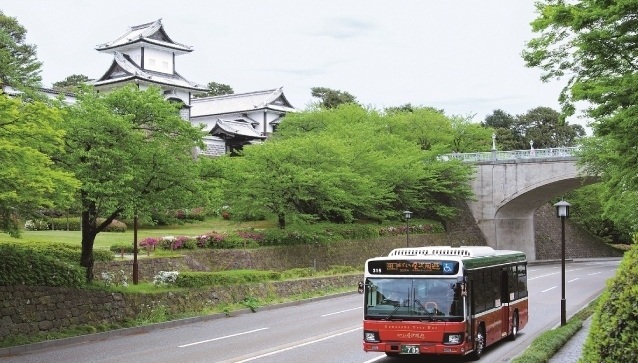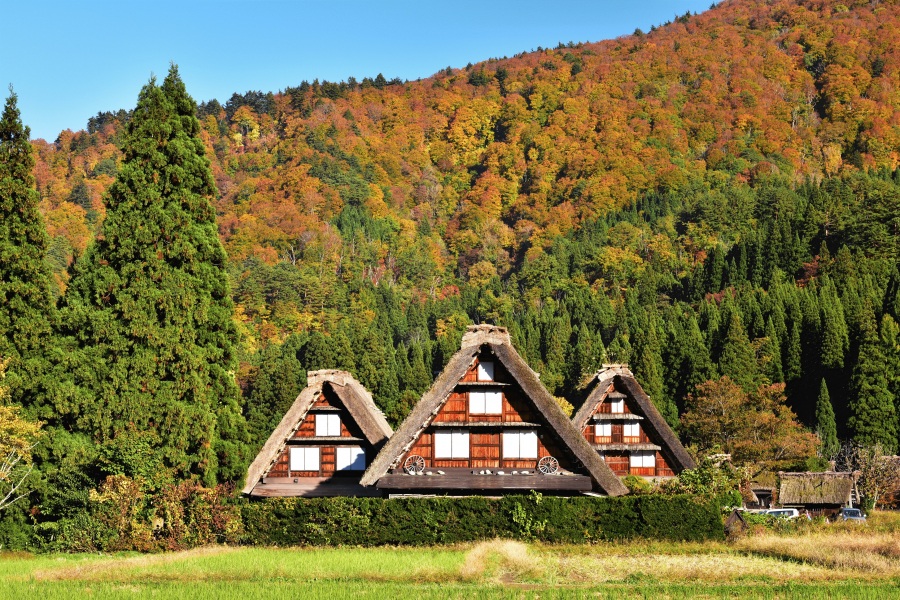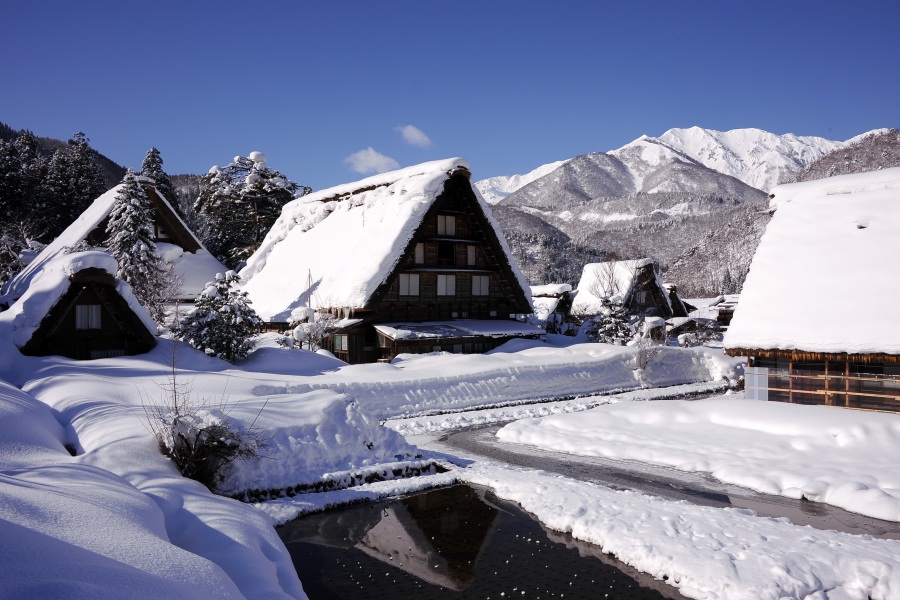Daytrip to the Magical Villages of Shirakawa-go and Gokayama
“The train came out of the long tunnel into the snow country. The earth lay white under the night sky.”
Nobel Prize-winning author Yasunari Kawabata begins his novel Snow Country (tr. Edward Seidensticker) with these lines. Though it takes place in winter in Niigata prefecture, Kawabata could just as easily have set it in the UNESCO World Heritage Sites Shirakawa-go and Gokayama.
Winter photos of these villages are world-famous, both for showing massive amounts of snow and for highlighting the thickly thatched, steeply sloping roofs of gassho-style houses, which are said to resemble hands clasped in prayer.
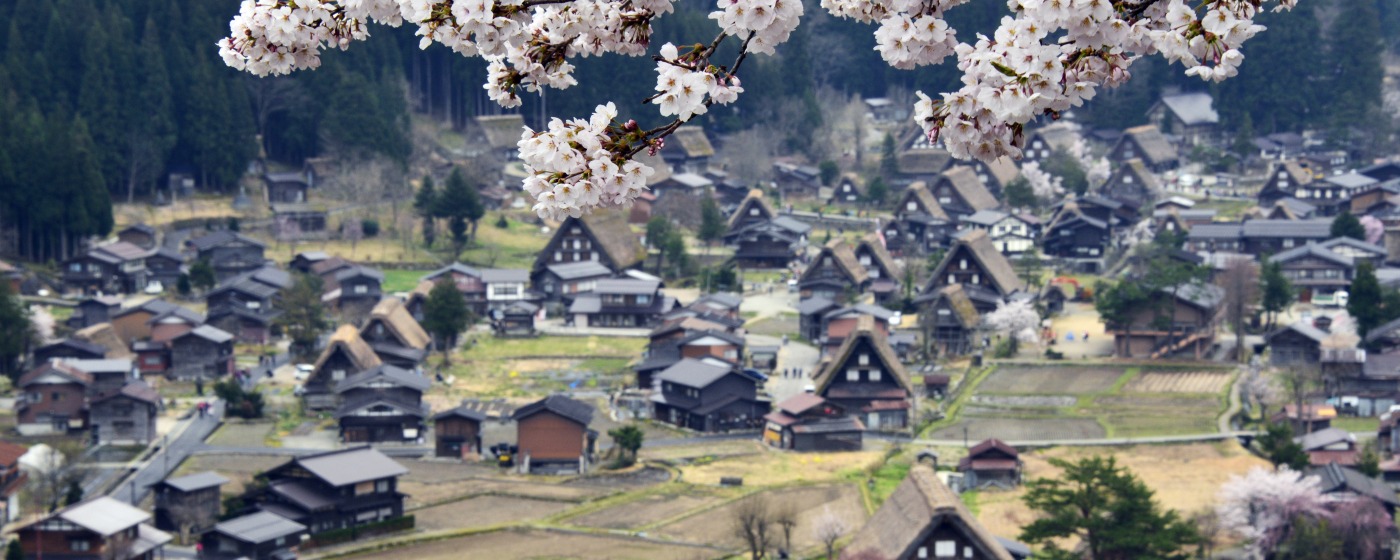
Shirakawa-go
Shirakawa-go’s history traces back to ancient times but is now associated with a famous battle at the heart of the Tale of the Heike when the Heike clan, defeated by the Genji clan at the battle of Dannoura in 1185, fled to this remote and mountainous area. Situated along the picturesque, sparsely inhabited Shogawa River in Gifu prefecture, Shirakawa-go is comprised of several villages, the most popular being Ogimachi.
Although Shirakawa-go was once extremely difficult to travel to, and until recently took as long as four hours from Kanazawa to reach, it can now be accessed by car or tour bus in only 90 minutes. (Gokayama takes only an hour.)
A number of tour services to Shirakawa-go operate out of Kanazawa, and I used White Ring Co. Bus and Tours, which provided not only transportation but also an excellent English-speaking tour guide for the time I spent in transport.
Pickup time for my daytrip was 8:00 a.m. from the west gate behind the Kanazawa station, and we returned to the same place at 4:30 p.m. – exactly on time.
Shirakawa-go is worth visiting in all four seasons, but from December until March, particularly after fresh snowfall, the village becomes a winter wonderland unlike any other. On the day I went, it snowed lightly the whole day, but on the two days prior to my visit the village received two meters of snow. Be forewarned: Shirakawa-go is located in one of the world’s snowiest regions, and savvy travelers will come prepared for it. Don’t forget winter boots or you may end up like several tourists I saw – slipping and falling on the hard-packed snow.
Tourist photos of Shirakawa-go and Gokayama often show gassho roofs, despite their 60-degree slopes, holding inordinate amounts of snow. These thatched roofs, which can take 500 people to repair at one time, cover a variety of structures, from large businesses, houses, and temples to small storage sheds and even the occasional outdoor toilet.
Gassho construction began over 450 years ago, and though it’s a dying relic in much of Japan, it remains alive and well here – and popular among tourists, Japanese and foreign. Based on the concept of yui, which sees individuals collectively helping one another, these distinctive roofs must be repaired every 50-60 years. Entire villages come together for this difficult, time-consuming, and sometimes dangerous task, and people from neighboring villages also help. Recent times have even seen people from all over Japan volunteering to help rethatch these massive roofs,all in the spirit of yui.
My White Ring tour brought us to Shirakawa-go by 9:20 a.m. We were encouraged to see the village at our own pace until noon, when we would gather together for lunch, which was included in our tour. As soon as I stepped outside our tour bus, I walked with several others a few meters to a bus stop, where a shuttle service transported us to Shirakawa Tenbodai, a viewing area offering a beautiful panorama of Ogimachi Gassho Village, nestled within snow-covered forested hills.
From the viewing area I split from the group and walked carefully down a sloping road toward the nearest gassho village, and soon found myself gazing across snowy fields. Some appeared to have been recently cleared of snow and pooled with water the same color as the soil underneath it. These dark liquid fields were a stark contrast to the incandescent white everywhere else, giving the scene an additional touch of magic. There was water, too, in a small stream beside the path I followed, and I was surprised to find, in some parts of it, large gray dace keeping pace with me as I walked.
Despite the traditional exteriors of the old gassho-style houses here, many have been updated for modern use as lodgings, cafes and restaurants, or museums. The first gassho-style house I visited was the Nagase House (¥300 for adults), a former farmhouse and silk-making facility dating to 1890. Immediately upon entering, one can’t help but notice the beautiful wood used to construct the house: its burnished zelkova floors, enormous chestnut beams, wide cypress pillars, and lintels made from Japanese Judas. Five stories tall, the upper two floors – notable for their slats, which allow smoke and ash from first-floor cooking and heating fires to escape – were once used to raise silkworms, while the third floor was a general working room, and the second floor contained workers’ bedrooms.
Exhibits from the past are displayed throughout the house, including on the first floor, which shows everyday items as well as antiques and other Nagase family treasures, including gifts from the Maeda lords who ruled the area during the Edo period (1603-1868). The Nagase Gassho House is one of the largest of its kind in Shirakawa-go. Before leaving, I warmed myself at the irori, or open-hearth fireplace, in a traditional tatami room near the entrance.
I trudged through the snow, and past more tourists than I expected to see in sub-zero temperatures and after a two-meter snowfall, to nearby Myozenji Museum and Temple (¥300 for adults). Massive gassho-style structures, the temple was built in the mid-1700s, and the five-story kuri residence of the head priest (the present-day museum) was built in 1817. Famous in Japan for being the only temple with thatch roofing on its main hall, bell tower, and living quarters, construction was carried out without nails, braces, or clamps.
On the museum’s 330-square-meter first floor is a beautiful irori room that might well be unchanged since Edo times, and where a fire is kept burning all day beneath a hiama board and rope over 200 years old. Prior to becoming a museum, the building was not merely a house but also a sericulture facility. Once occupying the upper attic floors, the former silk-manufacturing facility now exhibits silkworm-farming implements, indicating the importance of this industry in Shirakawa-go until the early Showa period (1926-1989).
After visiting the museum, don’t forget to see Myozenji Temple; the buildings are connected by a long corridor.
Constructed for devotees of the Jodo Shinshu sect of Buddhism in 1744, visitors immediately step into its main hall, whose walls are decorated with paintings by Taisuke Hamada, a famous painter born in 1932 whose work is exhibited widely throughout Japan. From here, one can see and pray to Amida Nyorai (Healing Buddha), the principle image of Myozenji Temple.
After leaving the temple, I circled back to the village’s main street, a charming and walkable area with quaint souvenir shops, grilled Hida beef stands, and vendors of amazake (hot drinks made from sake lees) and doburoku (unrefined sake). I had already spent two hours wandering through the village and admiring the winter scenery, so as noon approached I headed to a traditional restaurant – another converted gassho-style house – called Hakusuien, where our bus guide told us to gather for lunch. Inside, I was seated on a zabuton pillow at a low table on
tatami flooring and served an artfully presented “rustic set meal.” I’m still unsure what the highlight was, because everything looked and tasted wonderful – young ayu sweetfish, marinated mountain vegetables, locally made tofu, and miso-rubbed Hida beef grilled on a magnolia leaf over a clay brazier.
Gokayama
After lunch (and a warm cup of amazake bought from a vendor) my tour continued to Gokayama, in Toyama prefecture, a 30-minute bus ride that traveled deeper into the snow-whitened Sho River Valley. Gokayama consists of a handful of gassho-style villages, the largest being Ainokura, a World Heritage Site that has 20 gassho-style houses and other important thatch structures. First, however, we stopped briefly in Kaminashi Village, whose places of interest include a museum, a tofu-making shop, a shrine and temple, and a few cafes, spread along the short main
street. While elderly residents occupied themselves with the task of clearing snow from steep roofs, I grabbed a look at one of the oldest gassho-style houses in Japan, the Murakami-ke, which was built 350 years ago. Unfortunately, it was closed – though it was still quite a sight – so I proceeded to Café Dederekoden next door, whose small museum boasts traditional folk instruments made from bamboo called sasara, a flexible C-shaped contraption strung together with many small clappers. The museum also celebrates and helps keep alive a 1000-year-old local folk song – the oldest folk song in Japan – known as “Kokiriko.” If you’re lucky, the older woman who runs the museum will demonstrate how to play the sasara then show a short video of the town’s annual festival in late September in which the sasara plays a central role.
Perhaps because snow continued to fall and the temperature felt like it had dropped a few degrees, our driver hustled us off to Ainokura Village. When we arrived, some travelers made a beeline for an uphill trail offering views of the village below, heaped as it was with snow, while others headed for the Gokayama Washi Workshop to observe how traditional Japanese paper is made; to the village’s folklore museum; to seek out a stone footprint reputedly left by a long-nosed Tengu goblin many years ago; and to sample the menu of regional dishes at Tea Shop Matsuya. (The tempura comes highly recommended.)
Put Shirakawa-go and Gokayama on Your Itinerary
Shirakawa-go and Gokayama offer much more than you can experience on a daytrip, and overnight stays at a gassho- style minshuku inns are worth doing if your schedule allows. And if your visit coincides with an annual village festival, all the better, but expect crowds and difficulty making last-minute reservations. Although this trip took place in snowy January, I’ve also visited during spring and summer, and it’s safe to say that any season is perfect to see these amazing, unique, and popular gassho-style villages. While an overnight stay would be ideal, a daytrip will memorably complement your time exploring Kanazawa.
Text by Novelist David Joiner
Photo by Nik van der Giesen
- Private Charter Tour to Shirakawago
-
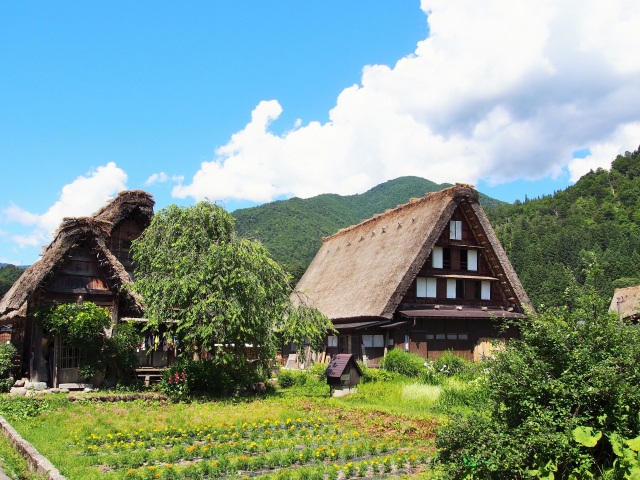
- more
- Shirakawa-go and Gokayama World Heritage Village Tour
-
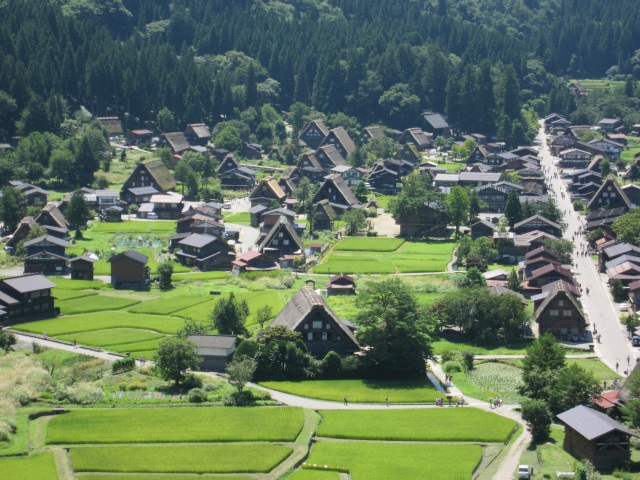
- World Heritage Sites Shirakawa-go and Gokayama: Same but totally different!! From/to Kanazawa Station / lunch included / accompanied by an English-speaking guide
- more
- Shirakawa-go and Takayama Platinum route tour
-

- Bus tour to Shirakawago and popular Hida Takayama!! From/to Kanazawa Station / lunch included / accompanied by an English-speaking guide
- more
- Weekend only! World Heritage Shirakawa-go One-Day Bus Tour
-
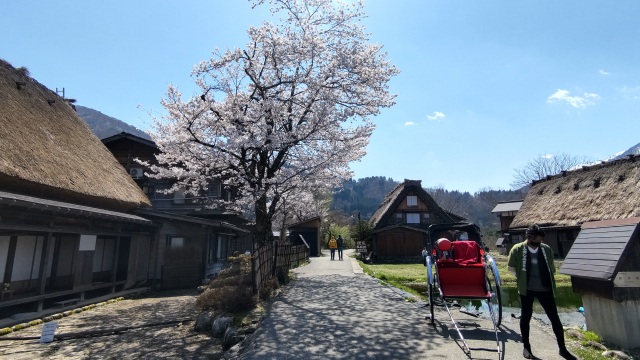
- Enjoy Shirakawago to the fullest! From/to Kanazawa Station / lunch included / accompanied by an English-speaking guide
- more
- Where Woodcarving Comes Alive: One-on-one Tour of Inami with a Local Guide
-
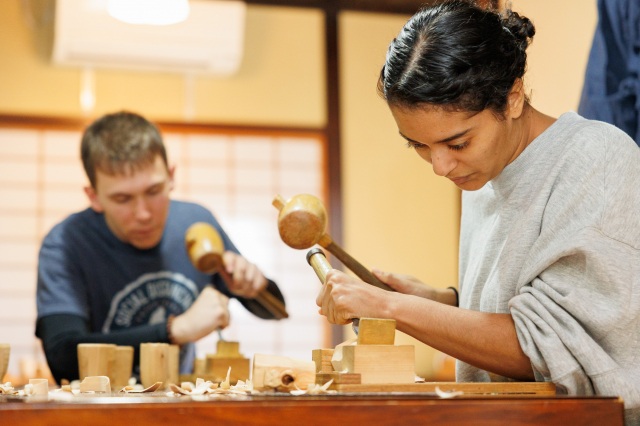
- more
- Life in a Gassho-style Village: One-on-one Tour of Gokayama with a Local Guide
-
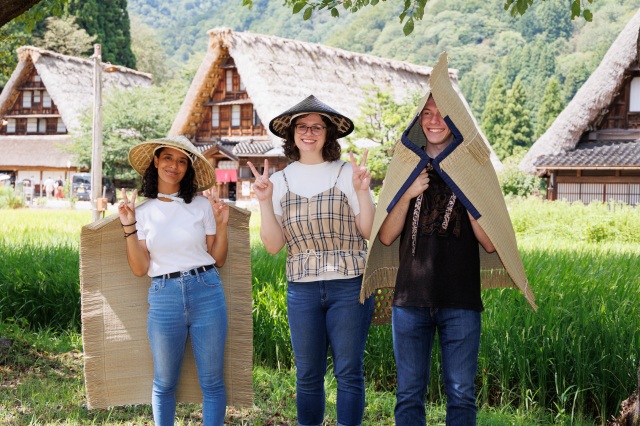
- more
- World Heritage Shirakawa-go and Experience 1 Day Bus Tours from Kanazawa
-
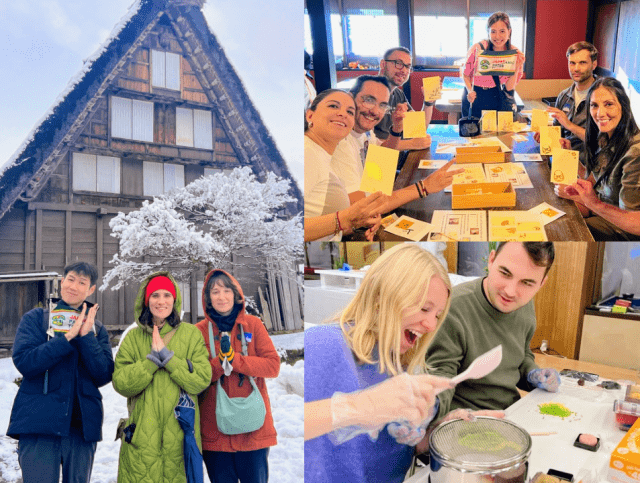
- Discover the beauty of Shirakawago and Kanazawa— with a local English-speaking guide.
- more
- ONE-DAY BUS TOUR TO Shiakawa-go & Gokayama
-
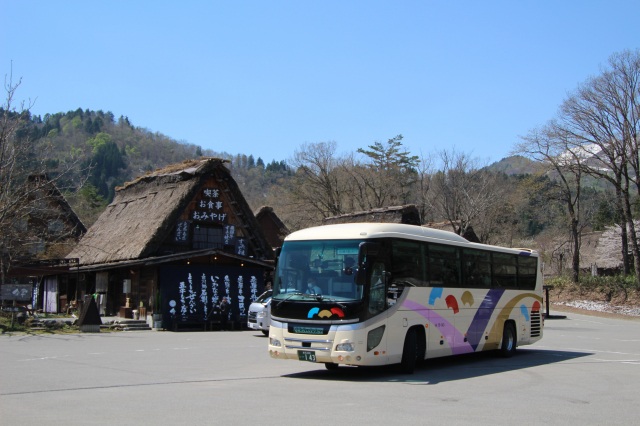
- Take a day trip from Kanazawa to Shirakawa-go and Gokayama (Ainokura), historic villages known for their traditional gassho-style houses.
- more
- Highway Bus from Kanazawa to Gokayama, Shirakawa-go, and Takayama
-
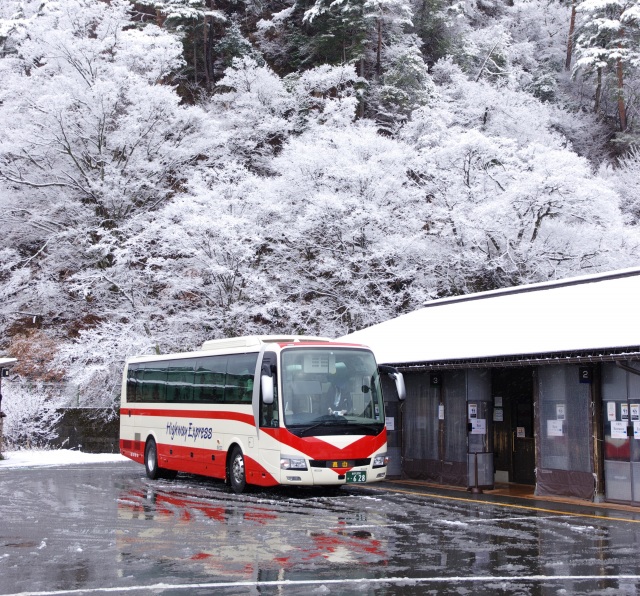
- more
- Shirakawa-go Adventure
-
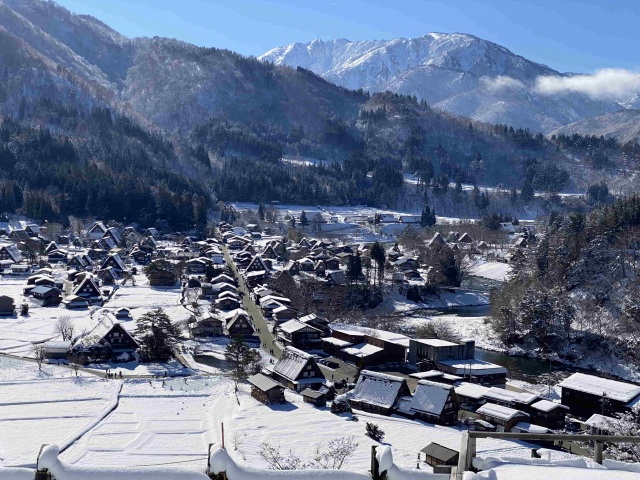
- One-day trip in a comfortable wagon to a World Heritage village that also became a reference for an anime
- more
- 【Dinner-Included Plan Tour】UNESCO World Heritage Shirakawa-go Light-up Tour
-
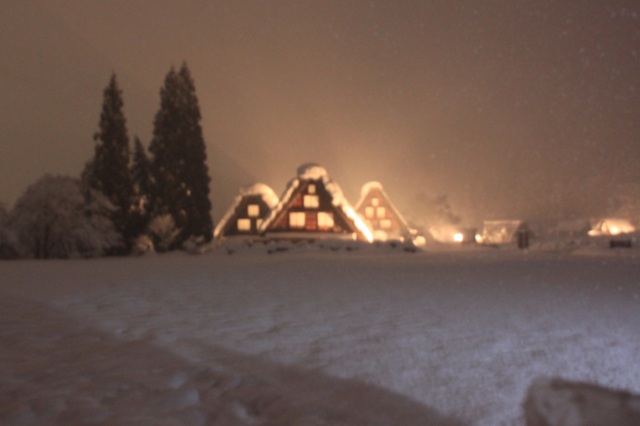
- Discover the warmth of winter at the Shirakawa-go Light-up — snow, lights, and local flavors in a magical village setting.
- more
- 【One day bus tour】Kanazawa Sta.~Gokayama / Shirakawago / Takayama
-
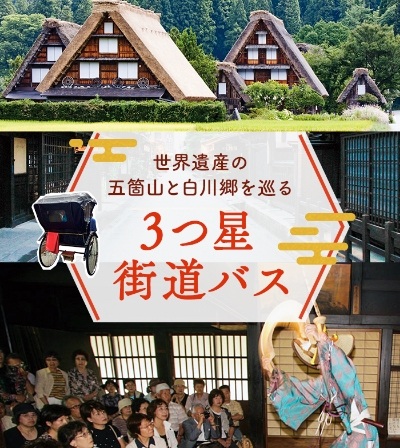
- Reservation possible on the day!Explore world heritage sites including Shirakawa-go, Takayama,Gokayama
- more
- World Heritage Shirakawa-go Perfect Guided Bus Tour from Kanazawa
-
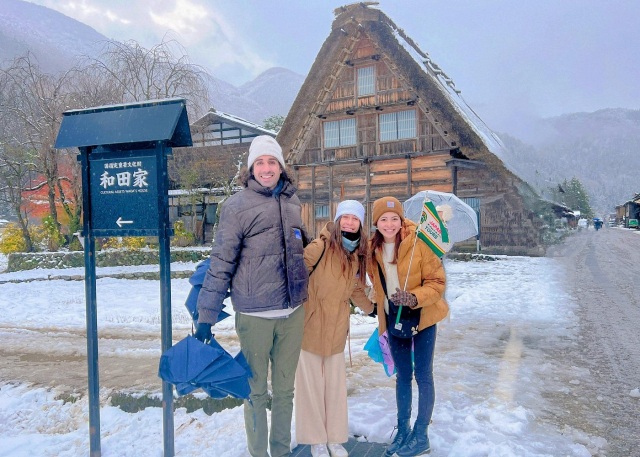
- Discover the beauty of Shirakawago with a local English-speaking guide.
- more
- [Chartered Taxi/6 hours]Shirakawa-go and Gokayama Tour
-
![[Chartered Taxi/6 hours]Shirakawa-go and Gokayama Tour](/lsc/upfile/plan/0000/0699/699_1_m.jpg)
- Visit famous UNESCO World Cultural Heritages from Kanazawa
- more
